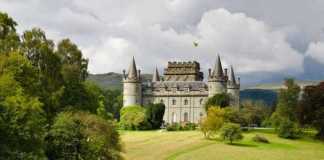One of the most unusual things about Colombia, in the northern part of South America, is that the country has a coastline both on the Pacific Ocean and the Caribbean. Its capital and largest city is Bogota yet there are several other important cities including Medellin, Cali and Cartagena. The national population is 52 million, the second largest in South America after Brazil with just over 7 million living in Bogota. The Spanish ruled this territory from the early 16th Century, and certainly left their mark, then independence came in 1819 with the republic formed in 1886. Today’s borders were drawn after Panama left the republic in 1903.
In recent years, Colombia’s economy has been expanding, as the country is rich in natural resources with agriculture now merely a small contributor to the economy. The USA, China and Europe are strong trade partners, as well as other countries in South America.
Colombia has deserts, mountains and rainforests all of which have something to offer the visitor. Continue to read and you will learn more about some of its important cities, natural features and a culture that has absorbed several influences from the original indigenous population, the Spanish and peoples from other parts of the world. Here’s what Colombia is known for.
Contents
What Is Colombia Known For?
1- Bogota
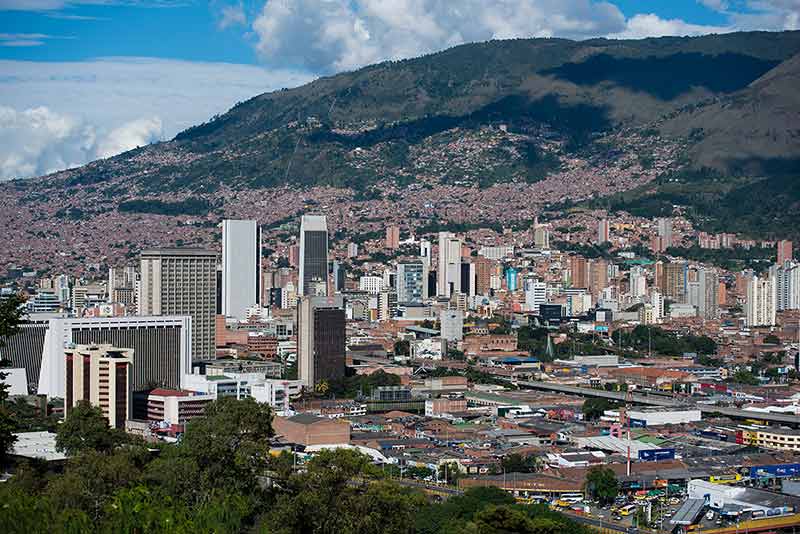
The capital of Colombia, Bogota is one of the largest cities in the world in area though its population is just 8 million.
Gonzalo Jimenez de Quesada founded it in 1538, making it the capital of the New Kingdom of Granada and Bogota has been important ever since.
Its current name is the responsibility of Simon Bolivar as independence from Spain was celebrated two centuries ago.
The city is central within Colombia on a plateau at 2,640 metres (8,660 feet) above sea level, the third highest capital in South America after La Paz and Quito.
There are numerous theatres and libraries within Bogota with several important landmarks.
Head to the plaza named after Bolivar and see his statue within the historic district of La Candelaria, Monserrate and Guadalupe Hills are great places to look down on the city and both have funicular or cable car for the ascent and descent.
2- Zipaquira Salt Cathedral
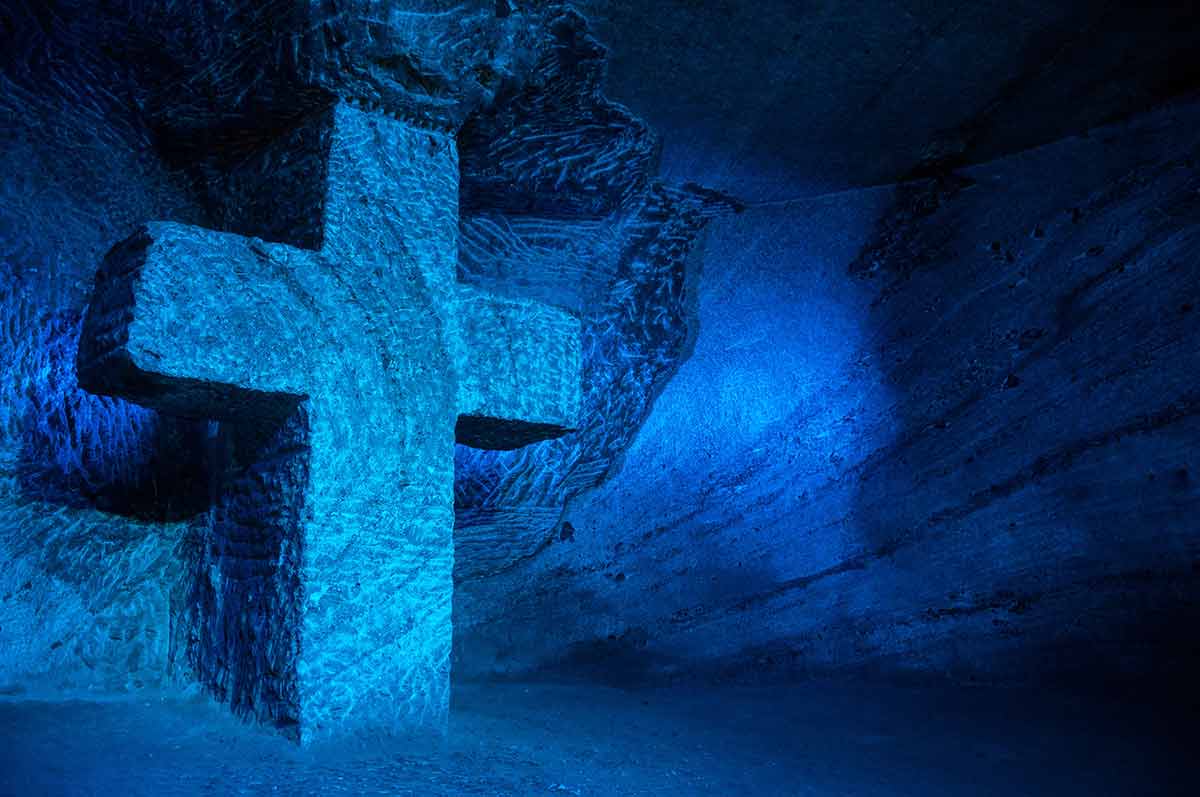
One of the “must do” daily tours out of Bogota is to take in this stunning salt cathedral, which is a Roman Catholic Church built at a depth of 200 m (660 feet) in a salt mine.
It attracts pilgrims as well as interested visitors to three sections covering the birth, life and death of Jesus Christ.
Carved in the rock, with marble columns among the features the cathedral is of huge religious and cultural significance to the Colombian people.
It remains a functioning church which attracts around 3,000 worshippers each Sunday but because it has no bishop, it has no official status within the Roman Catholic religion.
Miners had constructed a sanctuary underground for prayer before starting work before the project for the cathedral was planned.
It was inaugurated in 1954 but the authorities closed it, deeming it unsafe, in 1992.
It reopened three years later and you can expect to spend two hours there to truly appreciate it.
3- Medellin
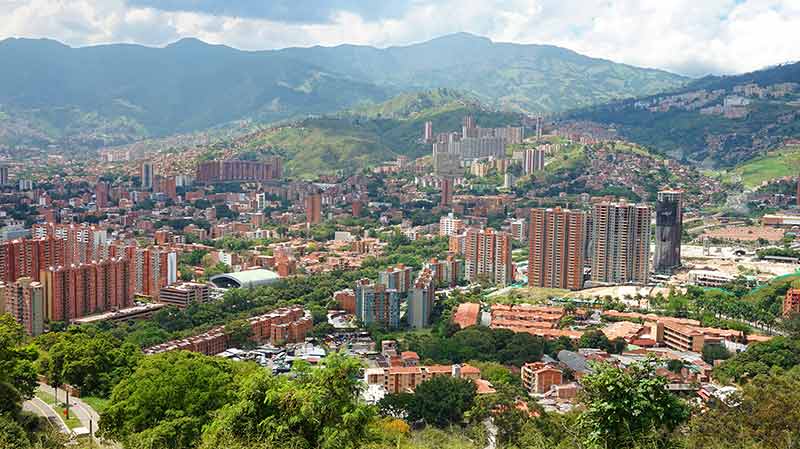
While the city of Medellin found world fame because of its association with drugs and Pablo Escobar, that does not do justice to a city with so much to offer.
It is Colombia’s second city with a population of around 2.5 million.
It began as a village, founded by Francisco de Herrera Campuzano early in 1616 and grew to become a town within half a century and the capital of Antoquia after independence from the Spanish.
Its economy was based on exporting gold initially but later for producing and exporting coffee.
Today, it is recognised for several things, its universities and health services, its commerce and festivals.
You can take several tours within the city and its surrounds and there is a darker option – a tour offered by a former Escobar “hitman” who has served many years in jail for fulfilling Escobar’s orders.
4- Cartagena
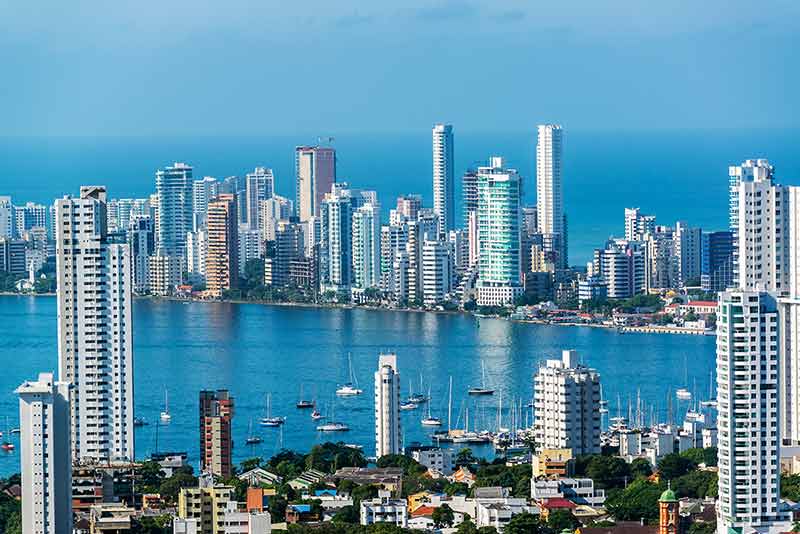
Cartagena is an important port on the Caribbean Coast dating back to the early days of colonialism (founded 1533), exporting silver to Spain while importing African slaves.
The modern city has a population of 875,000 with the economy dependent upon maritime and petrochemical industries as well as tourism.
UNESCO recognised the importance of the walled city and fortress, adding it to its list of World Heritage Sites in 1984.
Within the walled city there are numerous landmarks.
You will see interesting architecture in general as well as Nuestra Senora de la Candelaria de la Popa Convent on Mount Popa, St. Catalina de Alejandria Cathedral, the Palace of the Inquisition and the churches of San Pedro Claver and Santo Domingo.
Cartagena is also an excellent base from which to enjoy the Caribbean Sea and its many attractions above and below the water. Check out this tour.
5- San Andres
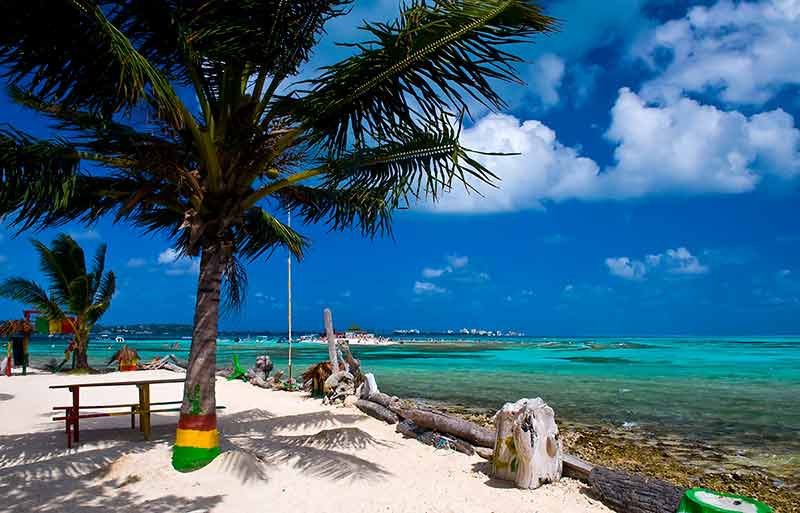
This coral island in the Caribbean is part of Colombia but historically it was always associated with the British.
San Andres is the largest of a group of islands and its languages still include English as well as Spanish and Creole.
These islands are 750 kilometres (470 miles) off the mainland.
UNESCO has deemed the islands and the surrounding waters as a Biosphere Reserve.
The capital of the island, nicknamed “El Centro” in fact takes the island’s name.
You can expect beautiful beaches, coves and coral reefs.
There is a freshwater lake within the mangroves, coconut plantations and tall native trees.
You will enjoy the warm waters and if you look under the waves, there are many species of colourful marine life that will catch your eye.
San Andres really does qualify as an exotic holiday destination which provides a contrast within Colombia to a few days in Bogota or Medellin.
Looking for more in Colombia? Read:
6- The Lost City
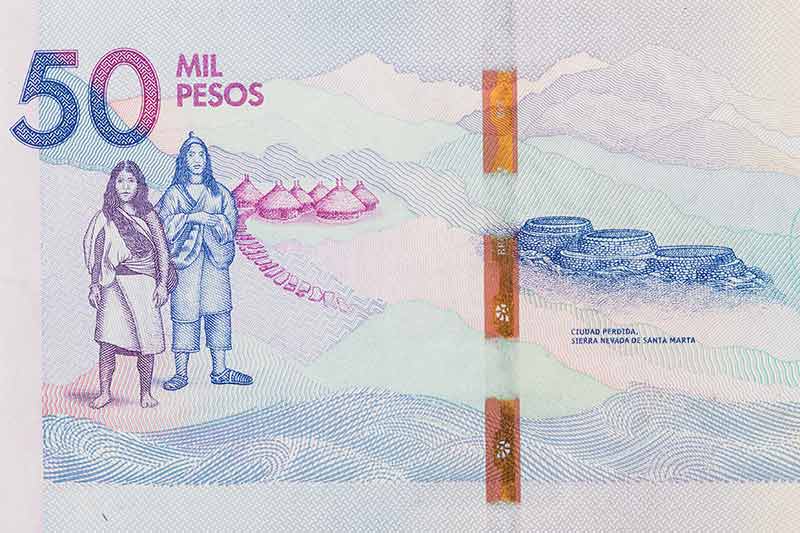
While Machu Picchu is South America’s most famous ancient city, Ciudad Perdida, the “lost city” in Colombia is more than six centuries older.
It was built around 800 and you will find it at Santa Marta.
There are around 170 terraces carved into a mountainside with plazas and tiled roads.
The problem is you will need to climb 1,200 stone steps through the jungle to get there.
Los Sepúlvedas, local treasure looters, found it half a century ago when they were out hunting.
When strange gold figures and ceramic urns began to appear on the black market, the word spread.
Archaeologists reached it in 1976 and over the next six years it was reconstructed.
The region itself, the Sierra Nevada, had been largely unexplored and now this is happening, more sites are being found.
Local tribes have now admitted that they knew about Ciudad Perdida all along but kept its existence quiet.
7- Salsa Dancing

While the Salsa began elsewhere, in Cuba, it is hugely popular in Colombia.
Remember its roots are African and many African slaves were brought to what is now Colombia.
Today, there are clubs specifically concentrating on the dance while you will also see such dancing by day in public parks.
The city of Cali, south west of Bogota, has a population of more than 2 million.
Even if dancing only has a passing interest for you, Cali has a rich history and there are plenty of landmarks to see.
While Colombians know Cali as the “Rumba Capital”, it has actually been labelled the “Salsa Capital of the World” by many.
It has many dedicated clubs as well as playing host to some of the largest salsa festivals in South America.
Street parties and dance have been part of the culture for centuries.
8- Tejo
The origins of this traditional Colombian sport are unclear but they certainly pre date the arrival of the Spanish.
The original game used a golden disc with the player aiming at small targets loaded with gunpowder.
There is no argument whether the disc has hit or not: just listen for the explosion!
Throwers stand around 20 yards (18 metres) away, intending to hit the target which measures a square metre (3.3 feet by 3.3 feet).
It is Colombia’s most popular sport after soccer and you will find professional teams in cities, usually sponsored by local companies or rich individuals.
It used to be a game associated with an indigenous alcoholic drink, chicha, but these days it is more likely just beer.
For that reason, large breweries have become involved, stressing Tejo’s importance for traditional reasons rather than it been seen as a noisy bar game.
Tejo competitions are often held over a weekend, knockout competitions with prizes for the winners ranging from money to medals and trophies.
9- Coffee

Colombian coffee has the reputation of being well-balanced and mild.
It is the third-largest world producer of coffee after Brazil and Vietnam.
When it comes to the popular Arabica bean, Colombia’s is the best.
Colombia’s production is grown at an altitude of between 1,200 and 1,800 metres (4,000 to 6,000 feet), higher than other places in the world.
That is thought to add to its richness with less acidity than others.
Its largest export markets are the USA, Japan and Western Europe.
Some regions aim at quantity, others quality.
The European Union gave it “protected designation of origin status” while UNESCO announced “Coffee Cultural Landscape” status.
Commercial production began early in the 19th Century with export from Cucuta near the Venezuela border although that was not established until late in the century.
It was the USA that first provided serious volume for Colombia’s production.
10- Amazing Cuisine
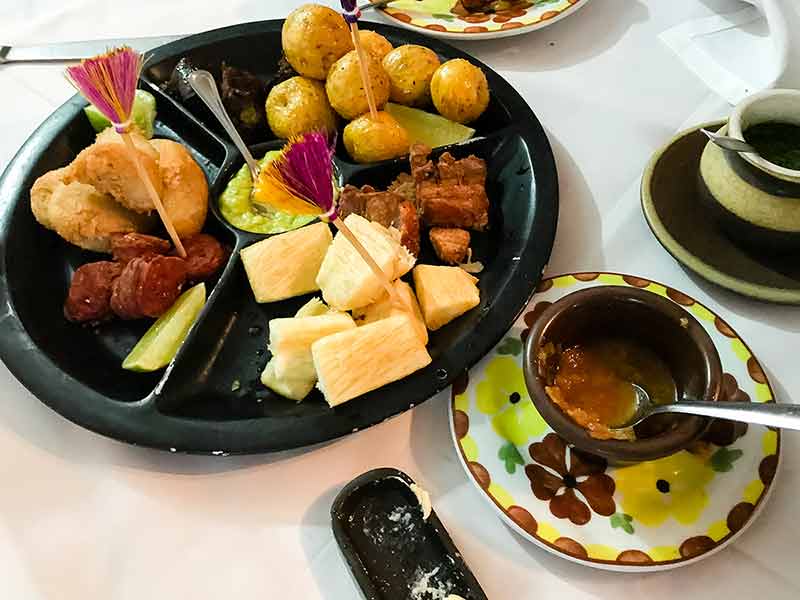
Colombian cuisine combines a number of different influences, some regional but others European, African and even Arabic.
One great advantage Colombia has always had is the wide range of available ingredients.
One of its oldest dishes is Arepas, made from ground corn and it remains popular with locals today.
There are several regional variations in the cuisine.
While rice, maize, potatoes and cassava are widely available, some areas have better access to fish than others.
Beef, goat, pork and chicken are all used.
The range of tropical fruit is impressive.
You can expect soups, different snacks and breads, main courses using the ingredients mentioned above, fruit and cheeses.
Sauces really do vary by region with some extremely spicy.
On the Caribbean coast, try the seafood, including lobster in spicy sauces, while in the rural Andes, you may be offered guinea pig, seemingly an Inca favourite.
In the Llanos, searching for wildlife, expect BBQs.
11- Emeralds
Emeralds have been held in high regard for over 4,000 years and were first recorded during the times of the Pharaohs in Egypt.
They are green, sometimes with a blueish tinge.
Colombia is the world’s largest producer by some margin, and it is also the country whose stones are the most valuable.
To give you an idea, a 50 carat Colombian emerald is likely to be worth more than a diamond of a similar size.
Emeralds are mined in the Eastern Andes in Boyacá and Cundinamarca.
Demand for emeralds grew through the 20th Century and prices soared.
It was the Spanish who developed the initial world market.
Ottoman emperors, Persian and Indian royalty all sought emeralds from the beginning of the 17th Century.
After independence, trade in emeralds continued with both the new government and private companies getting involved. A great way to learn about Colombia emeralds is to join a workshop.
12- Amazon Rain Forest
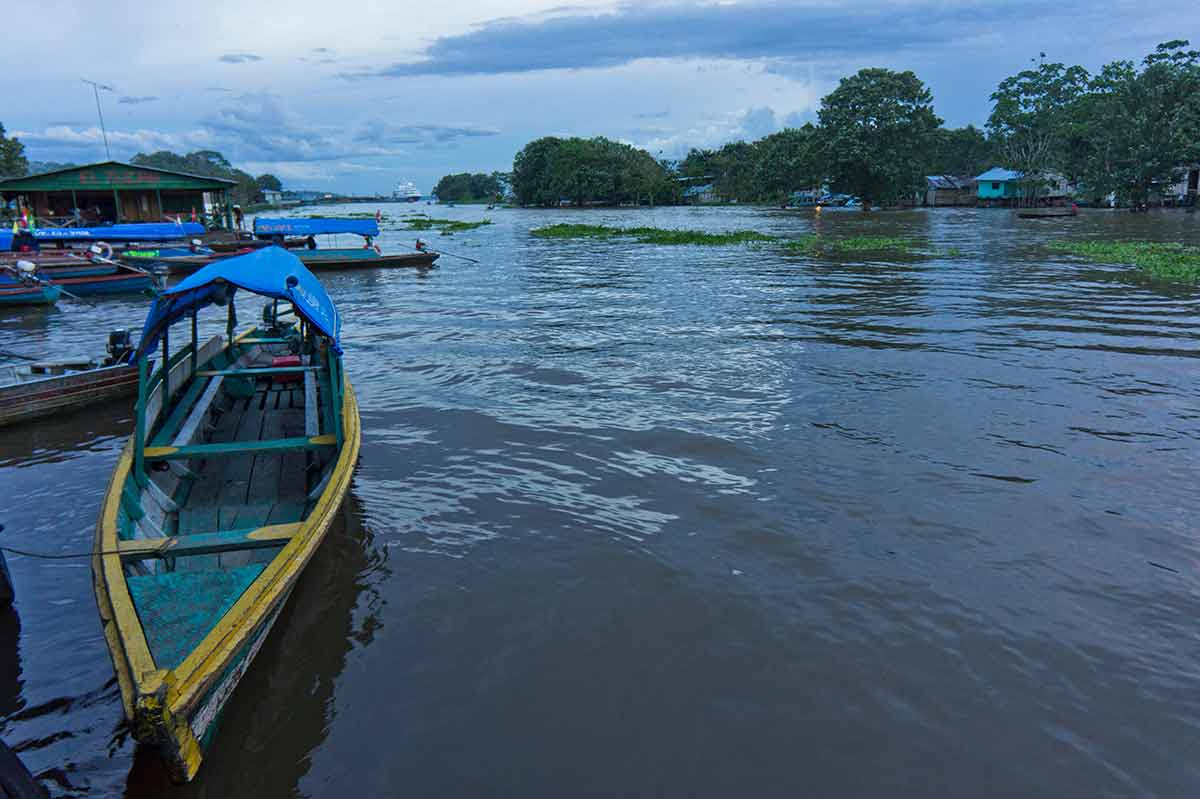
Mention the Amazon and most people think of Peru or Brazil but almost a third of Colombian territory is Amazon Rain Forest.
To the west of the Amazon region there are foothills stretching to the Andes.
Within the Amazon itself there are several river basins and distinct subregions.
Caquetá is the largest centres around a few rivers.
In the south west close to the Andes, Napo is where you will find forests and the head waters of two rivers.
The three other subregions include Campinarana which has white sandy forest and swamp.
There are more than 1,800 different species of birds in Colombia so even if mammals are elusive when you are within the Amazon, you are certain to see plenty of birds.
The rare freshwater pink dolphin would be a real treat and of course if you were to manage to see a jaguar then your holiday in Colombia would really be complete.
The Caquetá River has more than 500 different species of fish while you are likely to hear frogs as you travel around.
13- Penon del Guatape
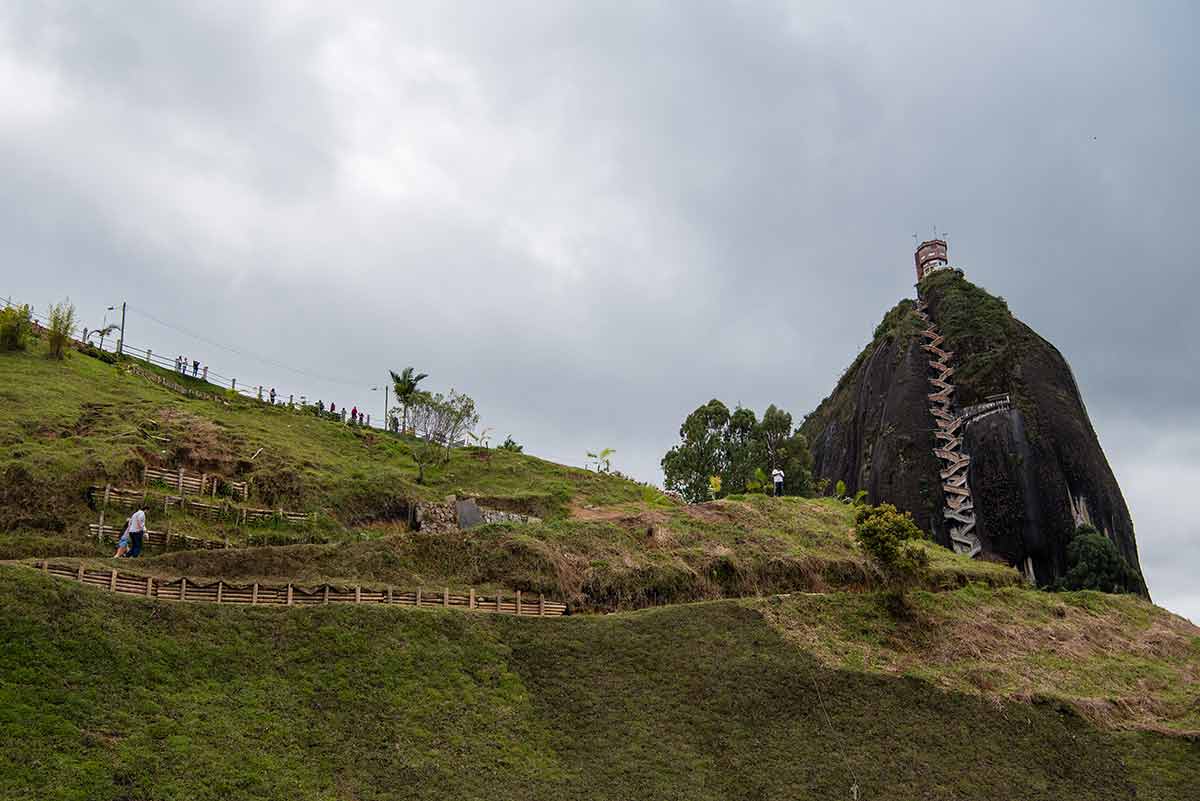
This landmark, a rock rising from ground level, is found in Guatape.
Made of granite, it has been largely resistant to erosion and weathering.
It stands at 200 metres (656 feet) high and if you are fit, you can climb to its summit if you scale the 708 steps built on one side.
From the summit, where incidentally you will find a shop, you can take some great photos; indeed, the immediate area is great for photos even if you don’t climb the rock.
Refreshments and shopping opportunities are at the base of the rock.
Local artists offer colourful murals of Penon del Guatape.
A bronze statue of the first person to climb the rock in 1954, Luis Eduardo Villegas López is at its base.
The climb took five days.
He bought the rock from the local farmers, built the steps then charged for climbing it.
If you want to get differing views of the rock, book a helicopter tour around it.
14- Tayrona National Park
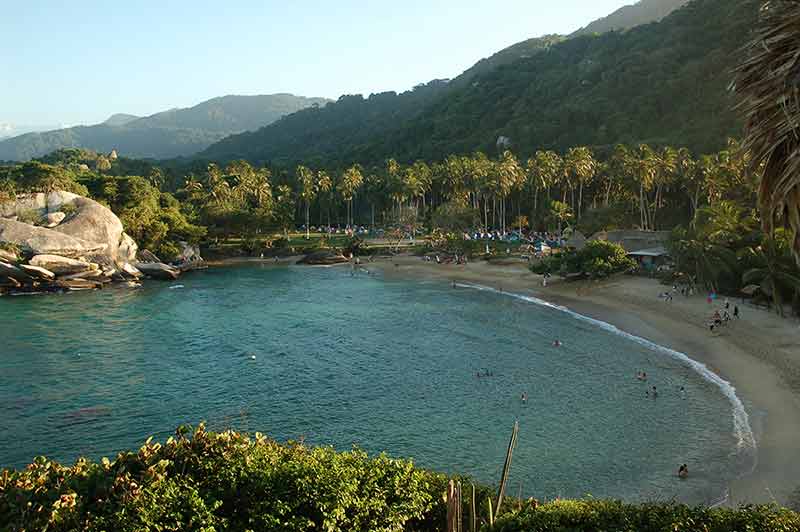
Tayrona National Park is in the Caribbean region of Colombia close to Santa Marta.
A mountainous region, there is variety in its climates with the highest peaks at 900 metres (2,950 feet) while a small part of the park is maritime.
Over 500,000 visitors explore annually.
There are rivers and creeks and a number of hills, home to over 100 mammal species and 300 different birds.
The wild cat, the oncilla, deer and monkeys live in the park as do 70 species of bat.
Macaws add a splash of colour while the Montane Solitary Eagle is a prized sight.
In the waters, there are many different corals and over 400 species of sea and river fish.
You can also see archaeological evidence of ancient settlements, the most recent being 16th Century.
The Archaeologic Museum of Chairama will tell you more while there are trails to walk as well.
15- Cano Cristales
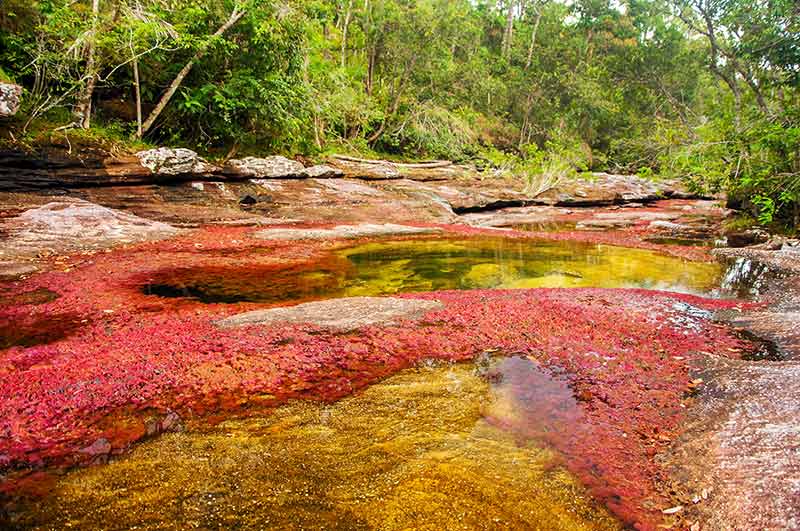
This tributary of the Guayabero River is part of the Orinoco Basin.
It lies within an isolated mountain range and is regularly referred to as “River of Five Colours.”
The river bed, between July and November, can be yellow, red, blue, black or green.
The red is especially spectacular, a result of plants growing at the time.
The “Rhynchobatids Clavigera” is unique to this tributary and one of two others in the immediate vicinity.
Red is the last stage of its annual growth with yellow and green preceding that last stage.
It is fast-flowing with rapids and waterfalls along its stretch.
Circular pits in the river bed swirl the water, pits created by erosion caused by pebbles and rocks.
On dry land, you can expect to see a wide variety of life; birds and mammals.
In the river itself there are plenty of fish as well as freshwater turtles.
You will see them because the water is very clear.
You may also be interested in:
- What is Turkey known for?
- What is Portugal known for?
- What is Greece known for?
- What is France known for?
- What is Belgium known for?
- What is Switzerland known for?
- What is Poland known for?
- What is Australia known for?
- What is Mexico known for?
- What is Germany known for?
- What is Croatia known for?
- What is Hungary known for?
- What Is Romania known for?
- What is The Netherlands known for?
- What is Scotland known for?
- What is Canada known for?
- What is Japan known for?
- What is China known for?
- What is Singapore known for?
- What is Vietnam known for?
- What is Thailand known for?
- What is Cuba known for?
- What is Argentina known for?
- What is Colombia known for?
- What is Spain known for?
- What is Italy known for?
- What is Ireland known for?
- What is Oregon known for?
- What is Colorado known for?
- What is Tennessee known for?
- What is Hawaii known for?
- What is Alabama known for?
- What is Illinois known for?
- What is Mississippi known for?
- What is Nevada known for?
- What is Maine known for?
- What is Idaho known for?
- What is Delaware known for?
- What is Maryland known for?
- What is Wisconsin known for?
- What is Miami known for?
- What is Virginia known for?
- What is West Virginia known for?
- What is Massachusetts known for?
- What is Boston known for?
- What is Florida known for?
- What is Kentucky known for?
- What is Indiana known for?
- What is Montana known for?
- What is Nebraska known for?
- What is Pennsylvania known for?
- What is Vermont known for?
- What is Arizona known for?
- What is California known for?
- What is South Carolina known for?
- What is North Carolina known for?
- What is Texas known for?
- What is Michigan known for?
- What is Ohio known for?
- What is Louisiana known for?
- What is Oklahoma known for?
- What is New York known for?
- What is Georgia known for?
- What is Utah known for?
- What is Connecticut known for?
- What is Rhode Island known for?
- What is Iowa known for?
- What Is Minnesota known for?
- What is New Hampshire known for?
- What is Arkansas known for?
- What is New Jersey known for?
- What is Missouri known for?
- What is North Dakota known for?
- What is South Dakota known for?
- What is Wyoming known for?
- What is Alaska known for?
- What is Washington known for?
- What is Seattle known for?
- What is New Mexico known for?
- What is Kansas known for?
- What is San Francisco known for?
- What is Chicago known for?
- What is Denmark known for?
- What is Norway known for?
- What is Sweden known for?
Plan Your Trip

Rent A Car – Find the best car rental rates at Discover Cars. They compare car hire companies to provide you with the best deal right now.

Find A Hotel – If you’re curious about this article and are looking for somewhere to stay, take a look at these amazing hotels.
